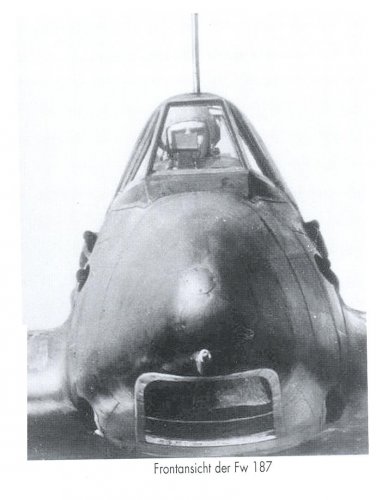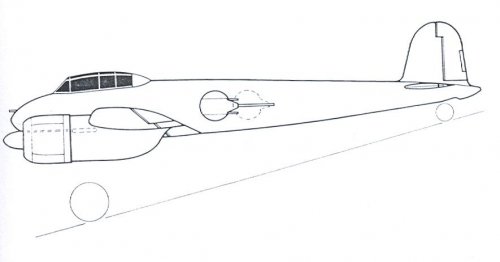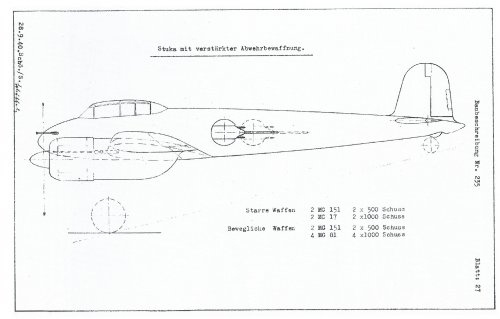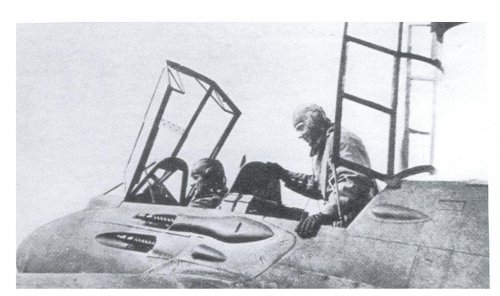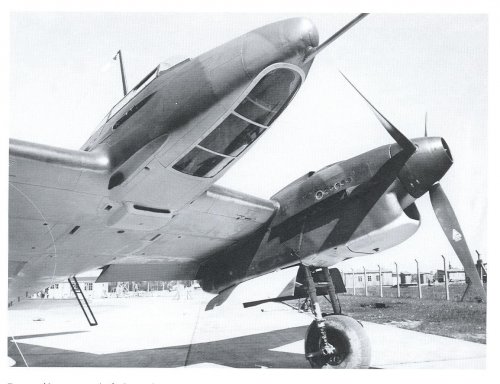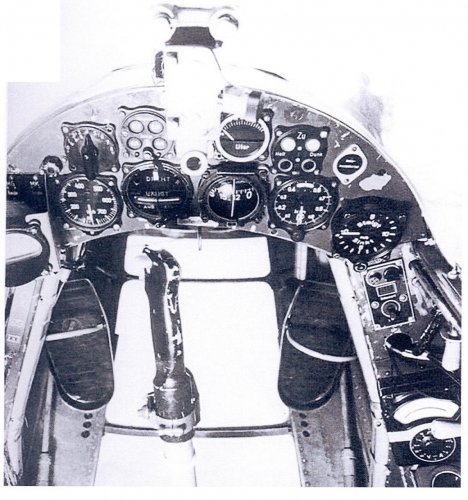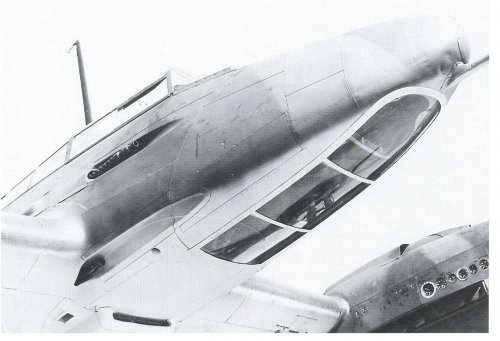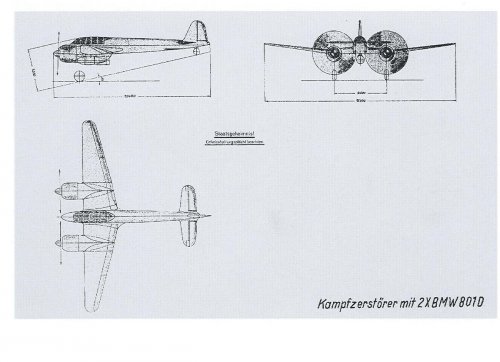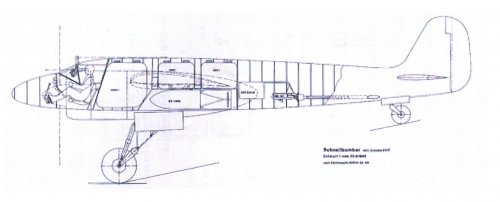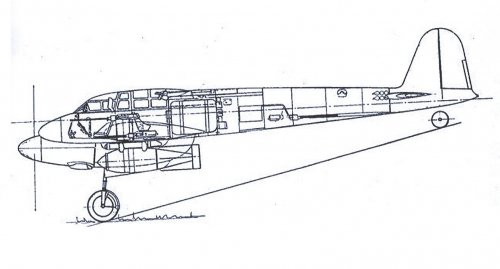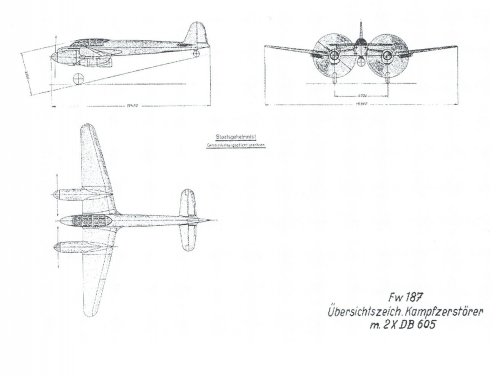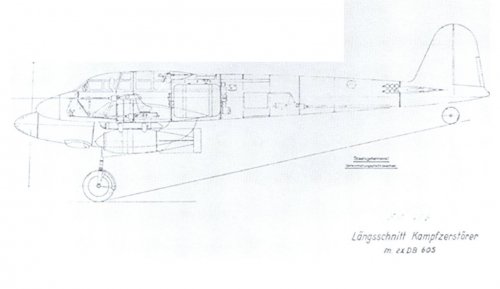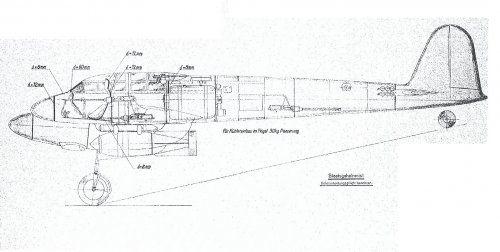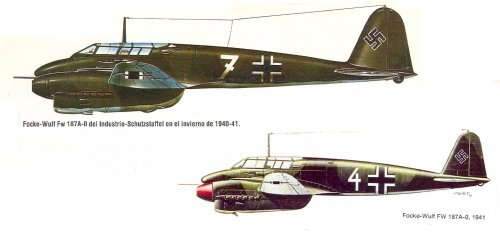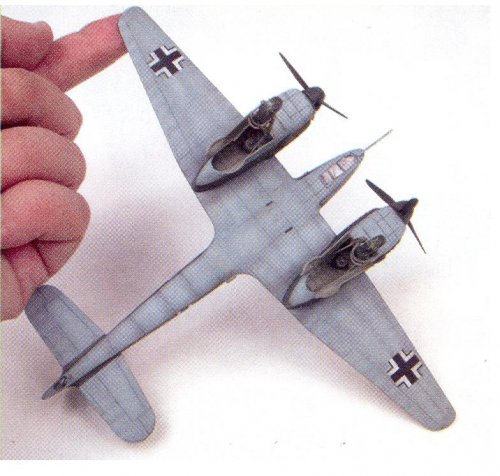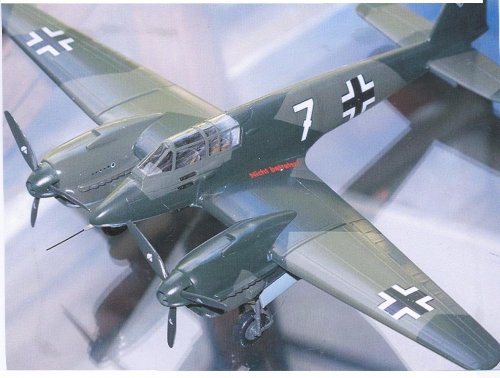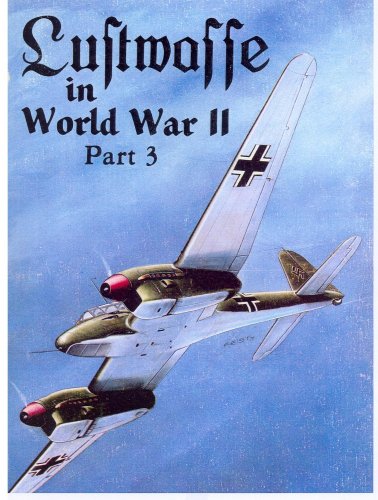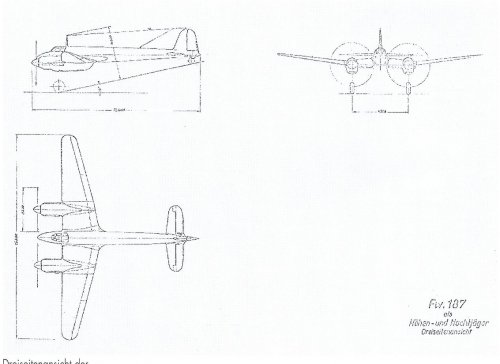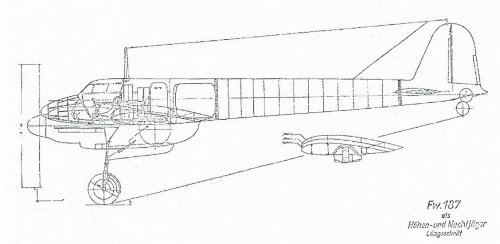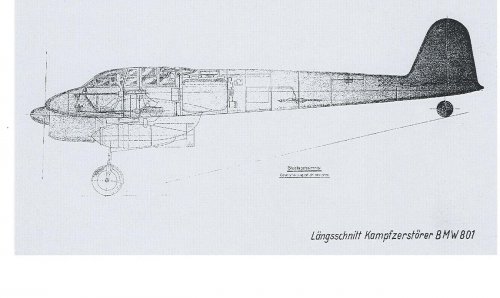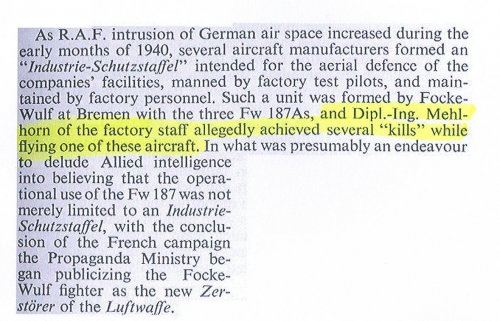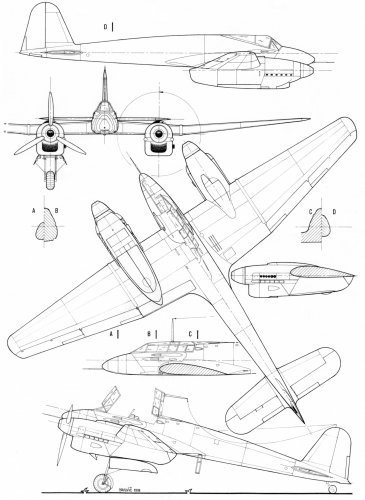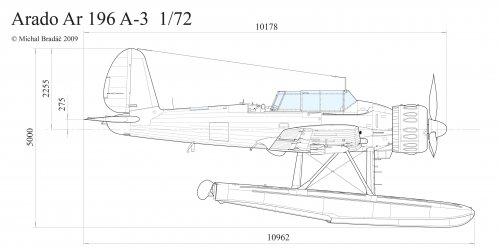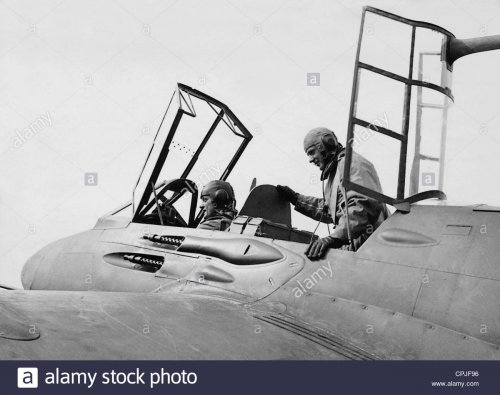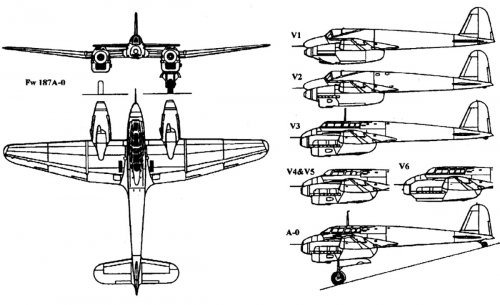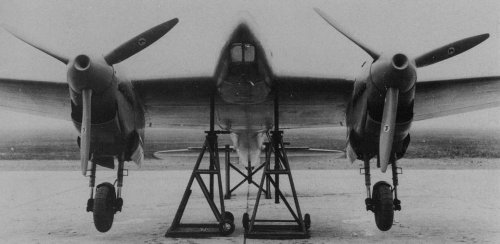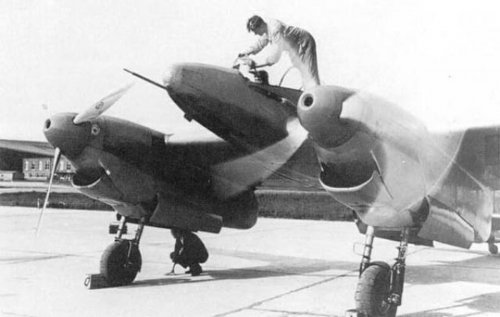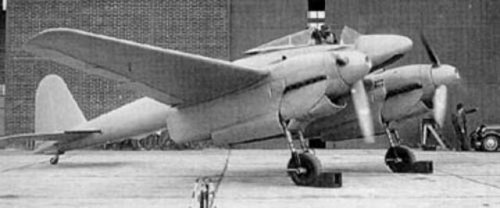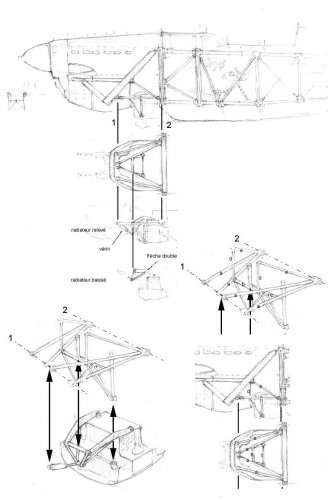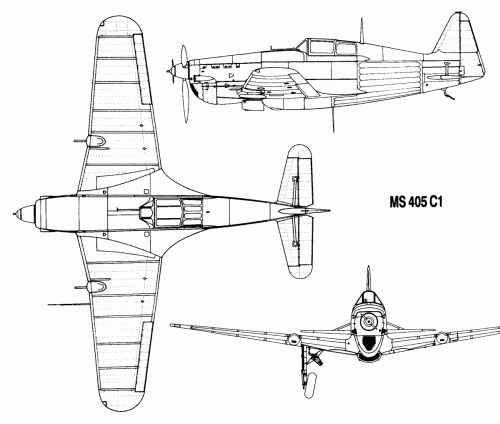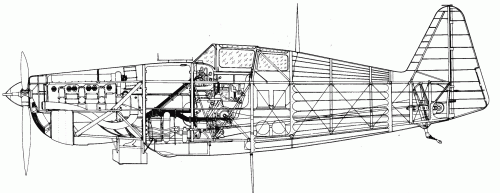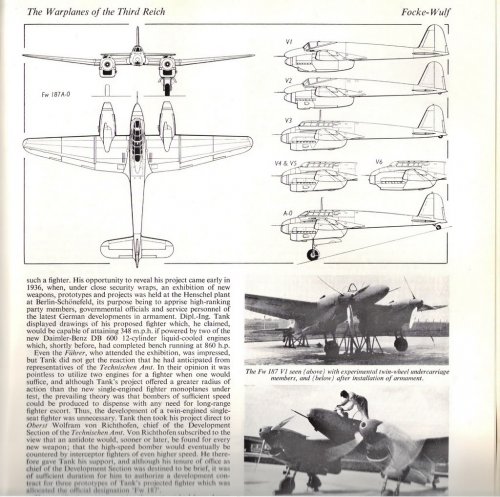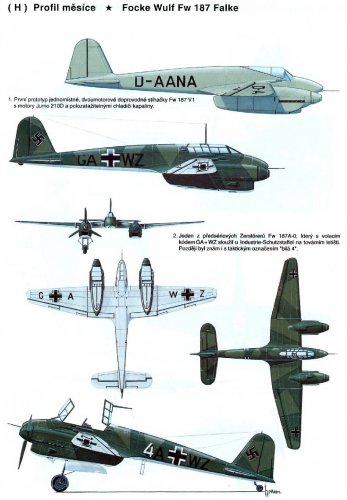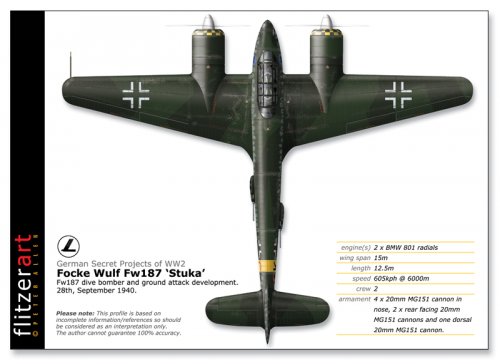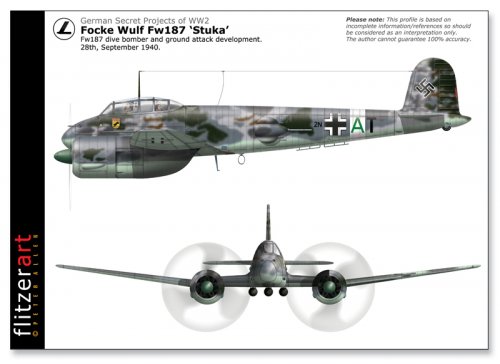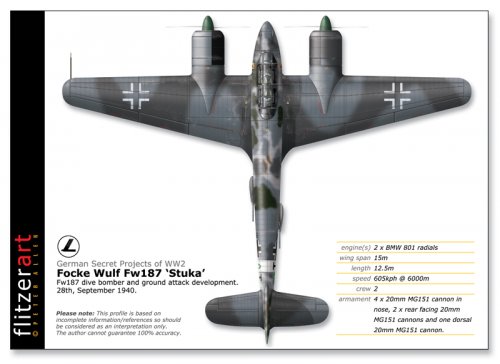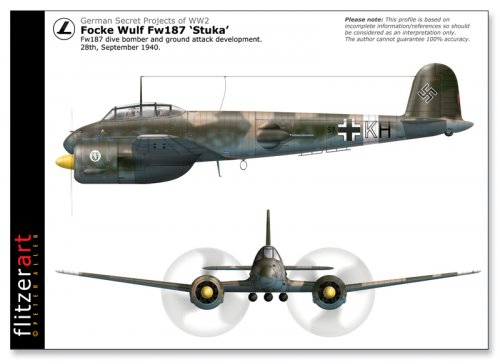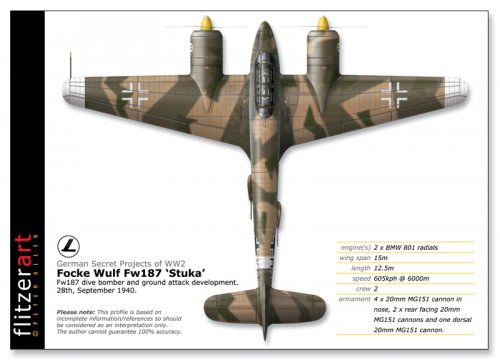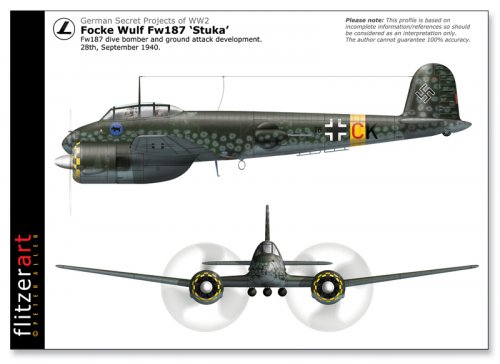Nick Sumner said:
Looking at the issue in broader terms I would be hesitant to identify one nation or another as being 'ahead' by much in terms of aviation technology in the 1935-45 period - every nation had something that it did incredibly well - but if you must it is a two horse race between the Brits and the Germans and until 1943/44 when Nazi idiocy, wartime disruption and materials problems start to hamstring the German effort. If the war had gone into 46/47 the British lead in jet engine technology would have been even greater than it was in 44/45 as such technological train wrecks as the HeS011 would have been revealed. Before that neither side were ever ahead by more than a few months before the other caught up.
You really do 'pay your money and take your choice' on this question. British Jets, British and German piston engines, French cowling design for radials, French aircraft weapons design, the Japanese ability to get good performance from poor fuels, the American's ability to increase production by orders of magnitude, the Russian's achievement in picking up their entire aircraft industry and moving it east while simplifying every process in production to increase output. All of these can be seen as demonstrating a lead.
With no intention of being jingoistic

, even a small nation such as Sweden could make innovative designs and produce them, such as the SAAB B/S17 dive bomber/photo recce aircraft/recce sea plane, SAAB B18 medium bomber/T18 "torpedo bomber" (actually using a Bofors 57 mm auto cannon), SAAB J/A21 push-prop fighter/ground attack aircraft
with an ejector seat of domestic design and the FFVS J22 fighter (of conventional design, but using wood and steel instead of scarce aluminium and getting relatively good performance while using a good but not so strong engine).
BTW, I like to mention Poland's aircraft industry, which right before WWII were about to start to produce modern all metal aircrafts like the fighter PZL.50 Jastrząb and the medium bomber PZL.49 Miś, and Poland's air force had started to use the previous modern medium bomber PZL.37 Łoś.
Romania had its I.A.R. 80 fighter and its derivatives. I'm not sure if Czechoslovakia's AVIA had plans to develop a monoplane to replace the biplane fighter Avia B-534 (before the German annexation of the Czech Republic and forming of the "independent" Slovak Republic (forced to be an ally with Germany)).
Edit: Just checked, AVIA was about to manufacture the semi-modern monoplane fighter Avia B.35 before the German invasion in 1939 and after the invasion developed the improved Avia B-135. Avia and competing company Aero Vodochody also developed medium bombers, Avia B-158 and Aero A.300 before the war.
http://en.wikipedia.org/wiki/Avia_B.35
http://en.wikipedia.org/wiki/Avia_B-135
http://en.wikipedia.org/wiki/Avia_B-158
http://en.wikipedia.org/wiki/Aero_A.300
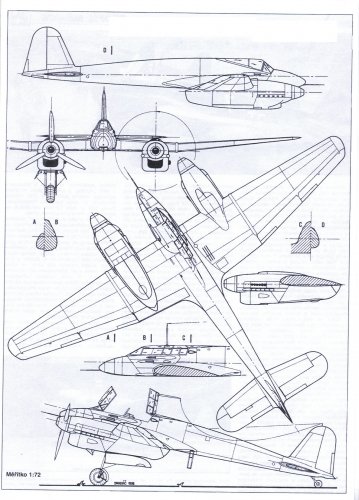 Escanear0001.jpg666.7 KB · Views: 956
Escanear0001.jpg666.7 KB · Views: 956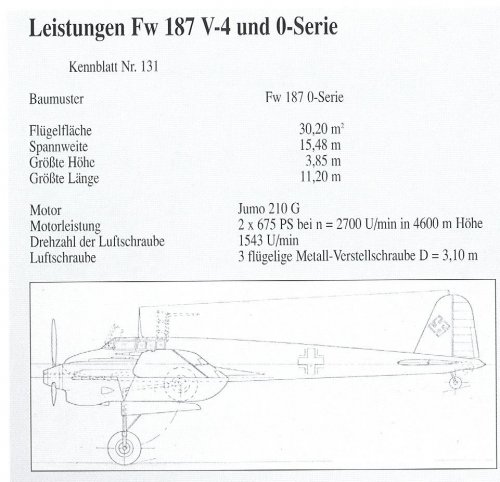 Escanear0008.jpg128.4 KB · Views: 547
Escanear0008.jpg128.4 KB · Views: 547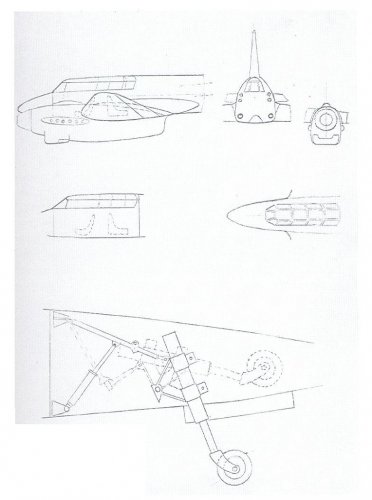 Escanear0007.jpg86.8 KB · Views: 493
Escanear0007.jpg86.8 KB · Views: 493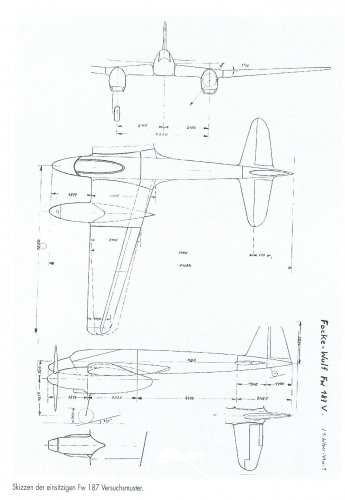 Escanear0006.jpg274.1 KB · Views: 535
Escanear0006.jpg274.1 KB · Views: 535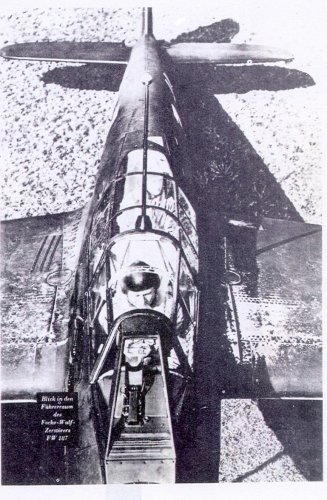 Escanear0005.jpg194.7 KB · Views: 648
Escanear0005.jpg194.7 KB · Views: 648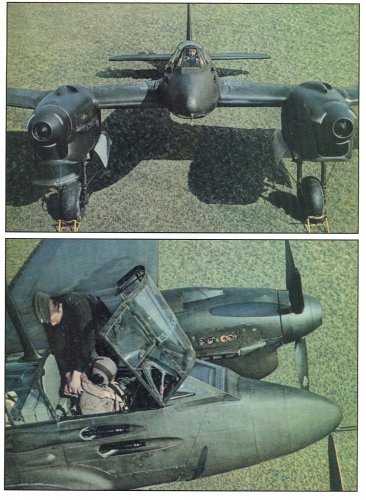 Escanear0004.jpg995.2 KB · Views: 722
Escanear0004.jpg995.2 KB · Views: 722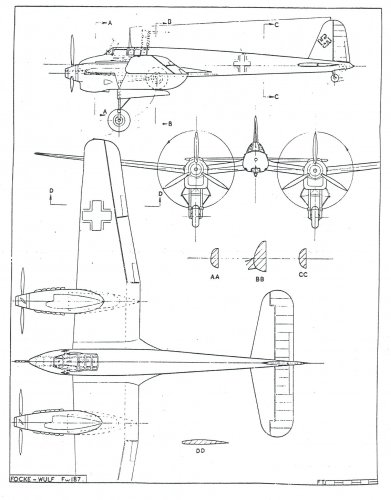 Escanear0003.jpg232.2 KB · Views: 716
Escanear0003.jpg232.2 KB · Views: 716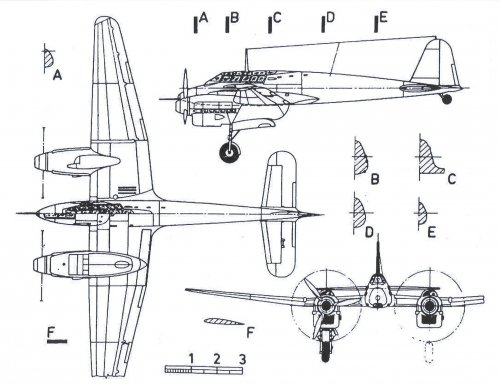 Escanear0002.jpg299.6 KB · Views: 716
Escanear0002.jpg299.6 KB · Views: 716
